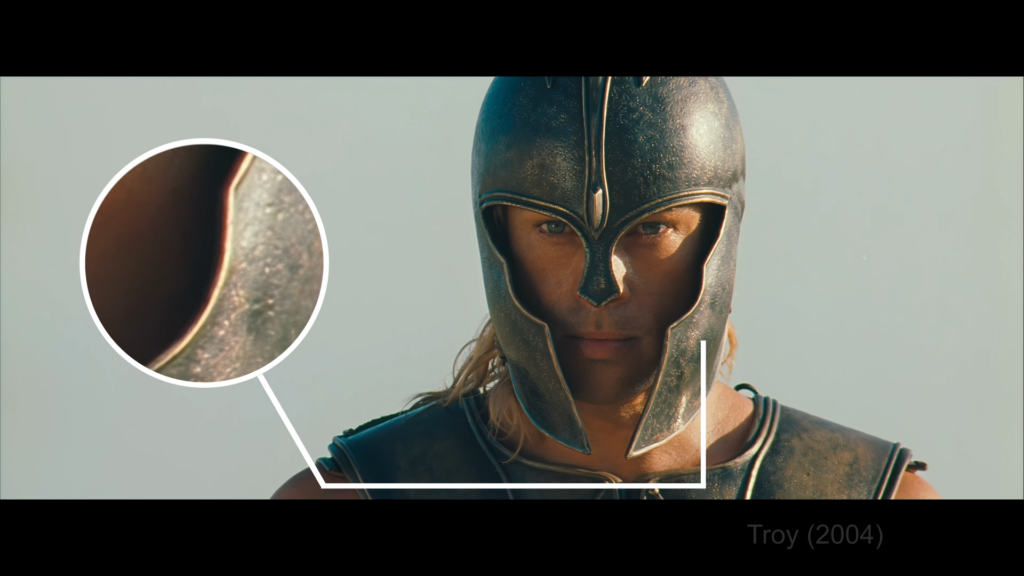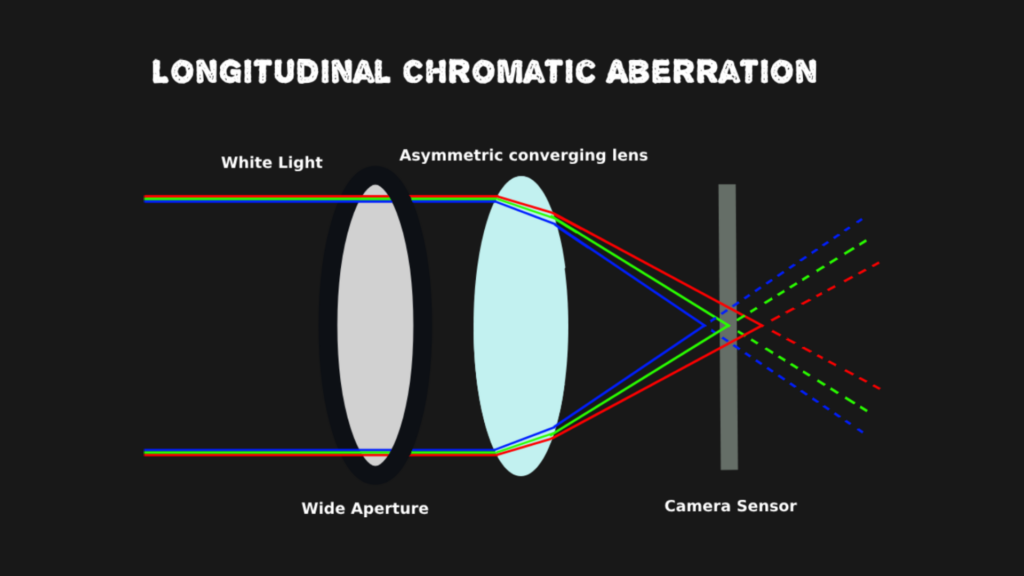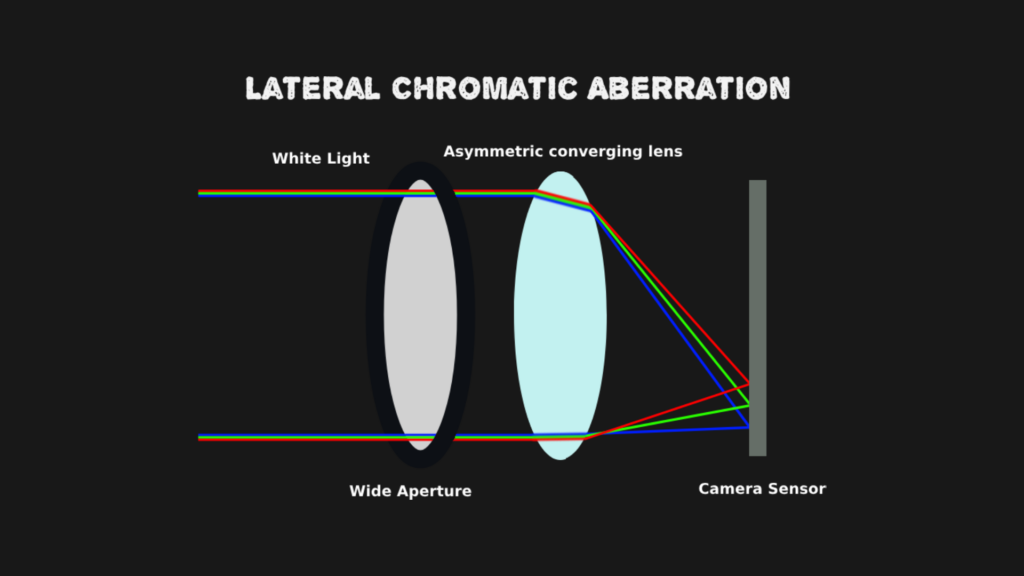Chromatic aberration is one of the most common optical issues encountered in photography and cinematography. This phenomenon can detract from the overall quality of an image, leading to color fringing and a loss of sharpness, especially in high-contrast scenes. In this article, we’ll explore what chromatic aberration is, why it occurs, how it affects your images, and what you can do to minimize it.
What is Chromatic Aberration?
Chromatic aberration occurs when a lens fails to focus all colors of light to the same convergence point. This issue arises because different wavelengths of light (corresponding to different colors) bend, or refract, by different amounts when passing through a lens. As a result, the colors do not converge precisely on the same plane, leading to visible color fringing around the edges of objects in the image.


There are two main types of chromatic aberration:
Longitudinal Chromatic Aberration (LCA): This type of aberration happens when different colors focus at different distances from the lens, causing some colors to be sharper than others. It is most noticeable when shooting at wide apertures and can result in colored halos around objects.
Lateral Chromatic Aberration (TCA): Lateral chromatic aberration occurs when different colors are magnified differently as they pass through the lens. This type of aberration typically appears as color fringing along the edges of high-contrast areas, such as where a dark object meets a bright background.


Why Does Chromatic Aberration Occur?
Chromatic aberration is a direct result of the way lenses refract light. Light is made up of different wavelengths, corresponding to different colors. When these wavelengths pass through a lens, they are refracted by different amounts because the lens material has a different refractive index for each wavelength. This variation in refraction causes the light rays to converge at different points, leading to chromatic aberration.
For example, blue light (with a shorter wavelength) is refracted more than red light (with a longer wavelength). As a result, blue light might focus slightly closer to the lens than red light, causing color fringing and reducing the overall sharpness of the image.
Chromatic Aberration and Aperture Size
Chromatic aberrations are more pronounced at certain aperture sizes. When shooting at wide apertures (low f-stop numbers like f/1.4 or f/2.8), the sharp angles at which light enters the lens can exaggerate the differences in refraction between colors, making chromatic aberrations more visible. Conversely, shooting at very small apertures (high f-stop numbers) can also introduce diffraction, which, although not a type of chromatic aberration, can further degrade image sharpness.
A practical approach to minimize chromatic aberration is to stop down the lens by about 2 stops from its maximum aperture. For example, if your lens has a maximum aperture of f/2.8, shooting at f/4 or f/5.6 can significantly reduce the likelihood of visible aberrations while still maintaining good sharpness and depth of field.
Managing Chromatic Aberration in Photography and Cinematography
While chromatic aberration cannot be entirely eliminated, there are several strategies you can use to manage and minimize its impact on your images:
- Use High-Quality Lenses: Investing in high-quality lenses with low-dispersion glass elements can reduce chromatic aberration. These lenses are designed to minimize the differences in refraction between colors, thereby reducing color fringing.
- Avoid Extreme Apertures: As mentioned earlier, stopping down your lens by a couple of stops from its maximum aperture can help reduce chromatic aberration. For most lenses, this means shooting at f/4 to f/8, where the lens is likely to perform best in terms of sharpness and minimal aberrations.
- Be Mindful of High-Contrast Scenes: Chromatic aberration is most noticeable in high-contrast scenes, such as where dark objects meet bright backgrounds. When composing your shots, try to position your subjects in such a way that these high-contrast edges are minimized, or adjust your lighting to reduce contrast.
- Choose the Right Lens for the Job: Some lenses are more prone to chromatic aberration than others. Prime lenses, for example, often exhibit less chromatic aberration compared to zoom lenses. If you’re shooting in a situation where chromatic aberration is a concern, consider using a prime lens or a lens that is known for its excellent optical performance.
Conclusion
Chromatic aberration is a common optical issue that can affect the quality of your photos and videos, but it doesn’t have to ruin your shots. By understanding what causes chromatic aberration and how it manifests in your images, you can take steps to minimize its effects. Using high-quality lenses, avoiding extreme apertures, and being mindful of high-contrast scenes can all help you capture sharper, more vibrant images.
For more in-depth information on chromatic aberrations and other critical aspects of cinematography, check out our ebooks available on Cinedeal. These resources delve deeper into the technical details, helping you master your craft and produce stunning visual content.

